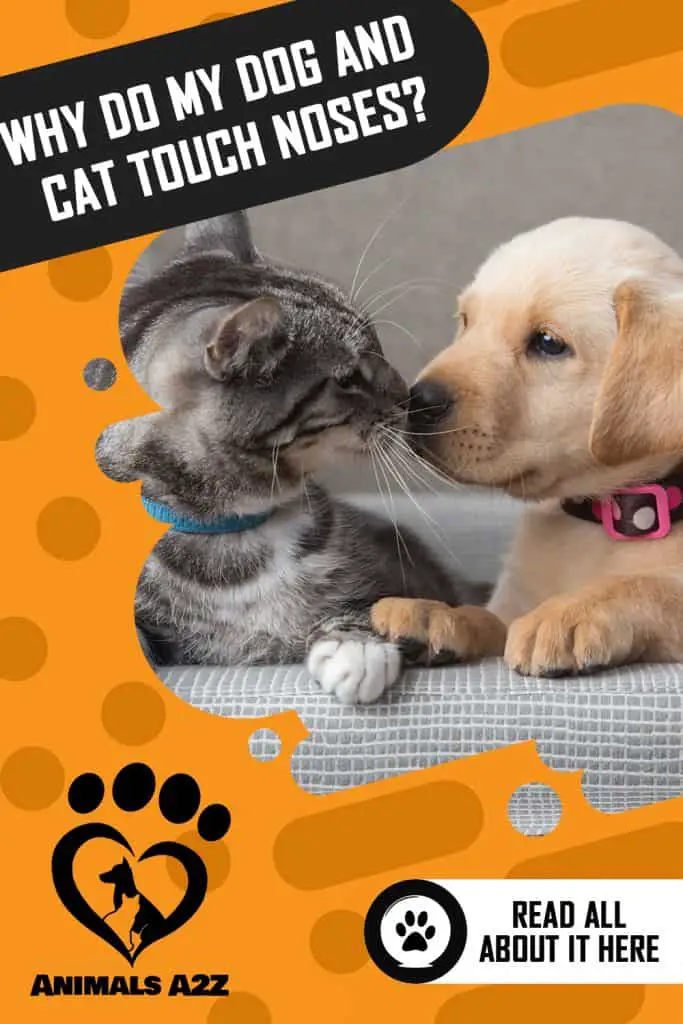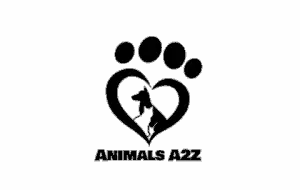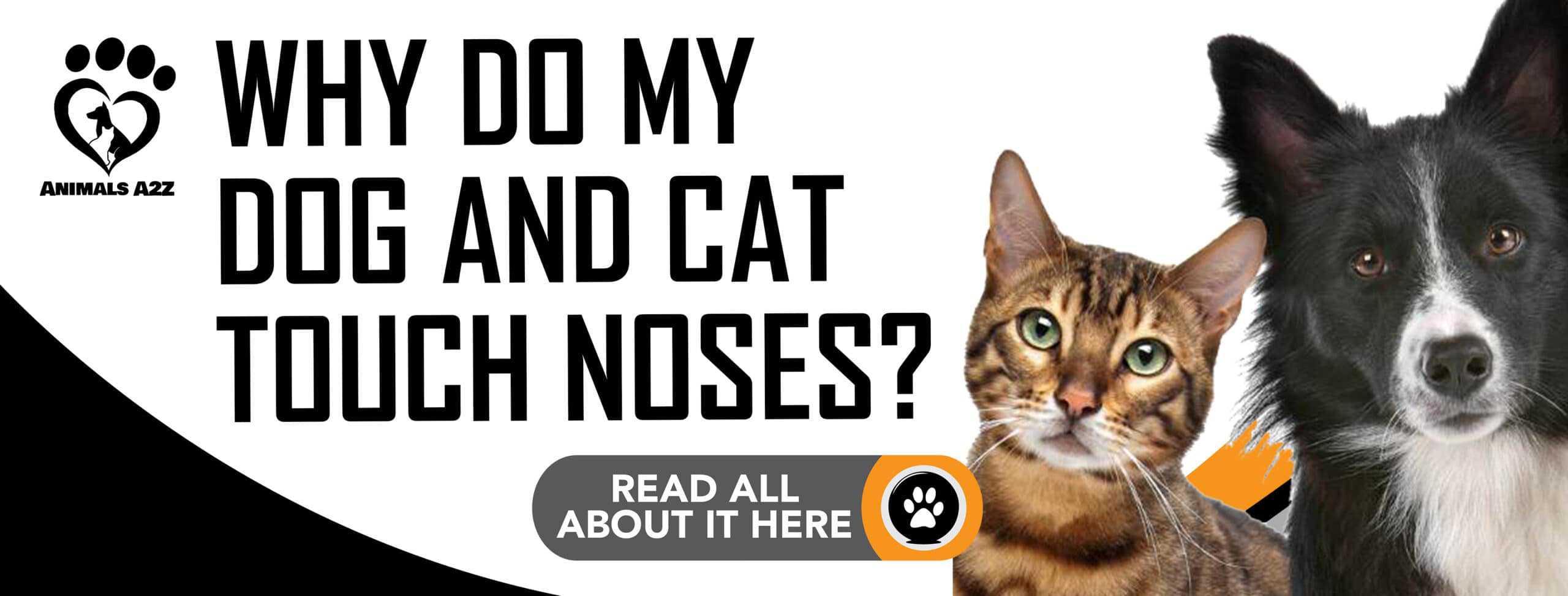Nose touches, or how us pet owners call them: boops, is one of the many ways our animals communicate.
Us humans may boop our pets when they’re being particularly cute or for no reason at all — but what does it mean when animals boop each other’s noses? Let’s find out, shall we?
Table of Contents
A formal greeting
You may notice that between animals who are not very familiar with each other when they don’t feel particularly threatened, they’ll greet each other by touching noses. Sure, they’ll end up sniffing other areas of that animal too, but it will always start with a boop.
It may seem weird for us humans because it’s absolutely absurd for another human to boop the nose of a stranger, but this seems to be a common greeting ritual among animals. Dogs learn this behavior as early as their puppy days. It’s actually a very important part of their socialization.
Puppies who had more experiences with boops tend to be less aggressive as adults.
Cats and dogs who have been properly socialized in their youth have consistently shown that they are able to communicate well with other animals when they grow up. Their abilities to pick up on social signals is a very important ingredient to having a happy and healthy home life.
Nose-to-nose greetings are not exclusive to animals who have met for the first time. Cats and dogs who have lived together tend to do this every once in a while — especially when they’ve been in separate rooms for a while.
It’s (almost) a full conversation.
There have been studies showing that when animals touch noses, not only is it a greeting, they also exchange a bit of information.
When dogs boop, for example, they can smell if the dog they just had a nose to nose interaction with had eaten some treats. Dogs who found out that this new dog they met recently ate, they’ll start to survey the area around them for more food.
With cats, it’s the same thing! When cats greet each other with a gentle nose bump, they’re exchanging information on where they’ve been and how they’ve been doing. This is one of the gentlest, least threatening ways for cats to greet each other.
Cats and dogs are able to get this much information from a couple of seconds of nose action because both of these animals have highly sensitive senses of smell.
It’s safe to assume that when a dog and cat touch noses, they’re politely saying hello, and checking up on each other.
Who boops more, cats or dogs?
While we may generally associate the nose touches with dogs, this behavior is actually more common in cats than dogs.
While dogs are actually more selective on who gets the nose to nose action, cats will not only boop, they’ll often rub their whole body once they realize the person, animal, or even thing they just nose touched is someone/thing familiar.
Common questions about cat, dog and human interaction
Why is it so important for dogs to be trained when around cats?
If you own a dog and are looking to add a cat to your family, it is very important that you train your dog to control their impulses.
Dogs who are too excitable and impulsive will not have very great relationships with cats. This is because cats love and need their personal space. If your dog is very likely to jump at your cat when they see them, they will be met with a claw to the face.
What does it mean when my cat boops me?
Cats tend to communicate a lot using their noses. There are actually two kinds of nose boops that you might get from your cat. The first one is the nose-to-finger boop, and the other is the nose-to-nose boop.
The nose-to-finger boop is one of the best ways for a human and a cat to introduce themselves to each other. The human finger can substitute as your nose — a much less intimidating thing to sniff than your gigantic hands, in a cat’s eyes.
Nose-to-nose boops are some of the greatest things this world has to offer a cat owner. Nose boops is one of the ways your cat tells you just how much they love and appreciate you. This is a badge of honor!
Are there instances when dogs and cats misunderstand each other?
Of course. While cats and dogs may have some similarities, at the end of the day, they are very different animals. Most often, when cats and dogs living in the same household fight, it’s usually because of their language barrier.
For example, when a dog raises their paw up, it could simply mean that they are in the mood to play. However, cats may see this as a sign of attack. In the same way, a swishy cat tail may not alarm a dog who wags their tail when they’re happy, but for cats, when their tails start swaying about, they’re actually saying that they’re getting annoyed.
Conclusion:
When dogs and cats touch noses, they are saying “hi, who are you/how are you/ where have you been?” to each other. It is one of the most polite ways for them to greet each other.


